Windows Server 2008 Device CAL: The key to smooth network access!
The Windows Server 2008 Device CAL (Client Access License) is a licensing option that enables businesses and organizations to use specific features and services of Windows Server 2008. A Device CAL is a license for a physical device, such as a desktop computer, laptop, tablet, or smartphone, that wants to access resources and services of Windows Server 2008. The Windows Server 2008 Device CAL gives companies the right to access a specific Windows Server 2008 from a specific device. Each device that wants to access the server must have its own Device CAL. This means that the number of Device CALs purchased must match the number of devices that want to use the server. The Device CAL provides access to a wide variety of features and services of Windows Server 2008 . These include, for example, file and print services, Active Directory services, DNS (Domain Name System), DHCP (Dynamic Host Configuration Protocol), security services, Remote Desktop Services , server virtualization with Hyper-V and much more.
This licensing option is particularly suitable for companies with fixed workplaces where multiple users work on the same devices. For example, several employees might work on a shared workstation, and a single Device CAL can provide access to Windows Server 2008 for all of these users. It is important to note that the Windows Server 2008 Device CAL is a supplement to server licensing. This means that in addition to the Device CALs, companies must also purchase the appropriate Windows Server 2008 licenses to run the server. The Device CALs are purchased separately and can usually be managed flexibly and added or removed as the company needs them. The Windows Server 2008 Device CAL offers a cost-effective solution for companies that have a certain number of devices that need to access the server. By purchasing licenses only for the devices actually used, companies can optimize their licensing costs and manage access to the server efficiently.
In summary, the Windows Server 2008 Device CAL is a licensing option that allows organizations to use certain Windows Server 2008 features and services from a specific device. By purchasing Device CALs as a complement to server licensing, organizations can better manage their IT resources and scale access to the server according to their needs.
Who is Windows Server 2008 Device CAL suitable for?
Windows Server 2008 Device CAL is suitable for various target groups and usage scenarios.
Here are categories of users for whom this licensing option might be relevant:
- Companies with fixed workstations: Organizations that have fixed workstations where multiple employees work on the same devices could benefit from the Windows Server 2008 Device CAL . A single CAL enables access to the server from a shared device.
- Educational institutions: Schools, colleges and universities with computer rooms or laboratories where pupils or students work on certain devices can use Device CALs to grant access to Windows Server 2008 for these devices.
- Healthcare facilities: Hospitals, clinics or doctor’s offices where multiple healthcare professionals or staff work on shared devices could use Device CALs to enable server access for those devices.
- Companies with rotating devices: Organizations that use temporary or rotating devices, such as laptops for field workers or employees working from home, could use Windows Server 2008 Device CALs to manage access from those devices.
- SMBs (Small and Medium Enterprises): Small and medium-sized enterprises with limited resources could benefit from the Device CAL because they only need to purchase licenses for the devices they actually use, which can be more cost-effective.
- Non-profit organizations: Charities, non-profit organizations and NGOs could use Device CALs to manage access to the server for the devices in their offices or facilities .
- Remote or mobile workers: Companies with a mobile workforce or remote employees could use the Device CAL to enable access from the devices used by their employees.
Overall, the Windows Server 2008 Device CAL offers a flexible licensing option that can be adapted to different user groups and enables efficient management of server access.
Hardware requirements for Windows Server 2008 Device CAL
The Windows Server 2008 Device CAL is a licensing option and not a physical piece of hardware. Therefore, it does not have any specific hardware requirements itself. Instead, you must consider the hardware requirements for the Windows Server 2008 itself that the Device CALs are intended to access.
Here are the minimum requirements for installing and running Windows Server 2008:
- Processor: 1 GHz (x86) or 1.4 GHz (x64) or faster
- RAM: 512MB (x86) or 2GB (x64)
- Hard disk space: 32 GB or more
- Graphics card: Super VGA (800 x 600) or higher
- Drives: DVD-ROM drive
- Network card: Ethernet network adapter
It is important to note that these hardware requirements are the minimum requirements for installing Windows Server 2008. For smooth performance and to meet the needs of a network, the actual hardware resources should be appropriately sized depending on the planned server usage.
In addition, you should make sure that your hardware is compatible with the supported operating systems of Windows Server 2008. This applies not only to Windows Server 2008 itself, but also to the devices (e.g. desktops, laptops) from which the server will be accessed and other network components connected to the network.
Overall, the hardware requirements for using Windows Server 2008 Device CALs depend on how well Windows Server 2008 runs on the physical or virtual servers on which it is installed and how many devices are expected to access the server through the CALs. Therefore, it is advisable to thoroughly review the hardware and performance requirements and allocate appropriate resources to ensure smooth server usage and performance.

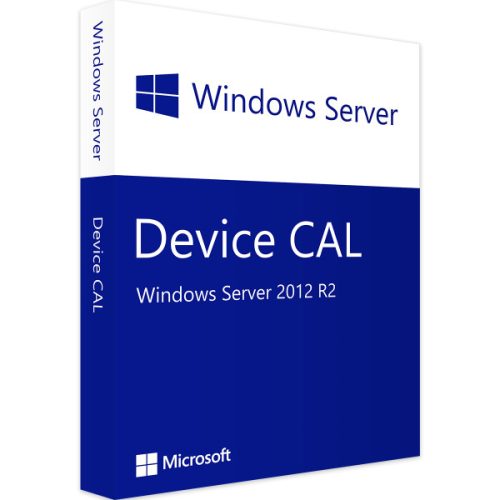
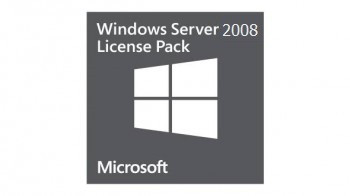

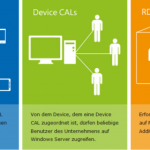
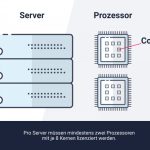
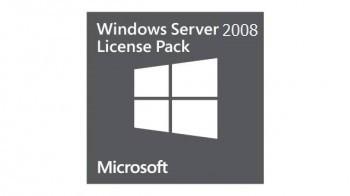
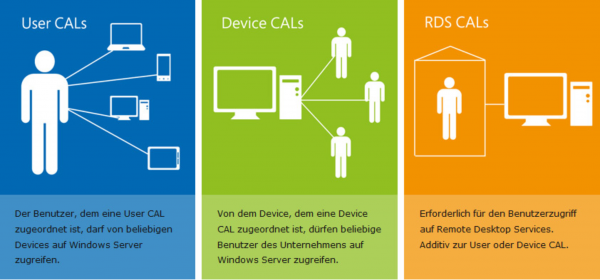

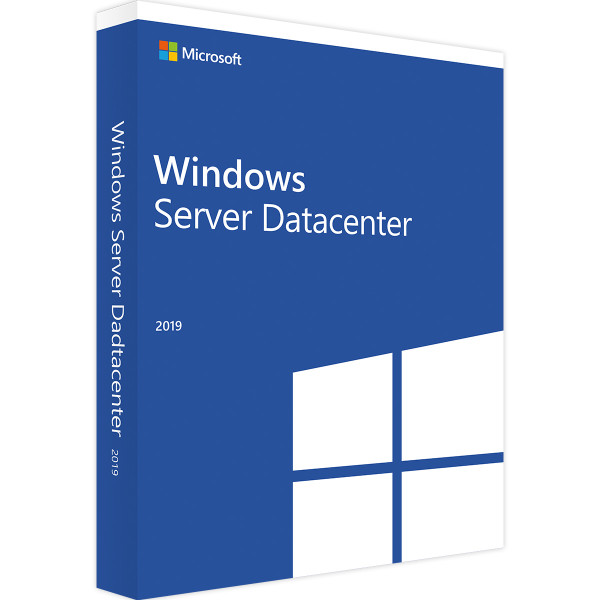
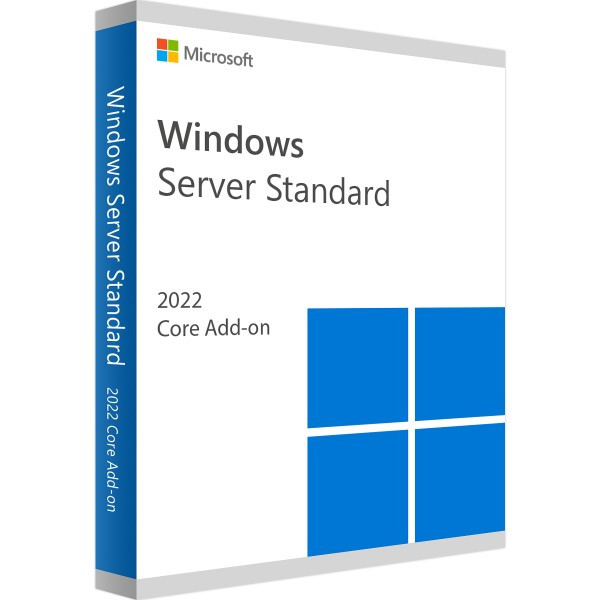
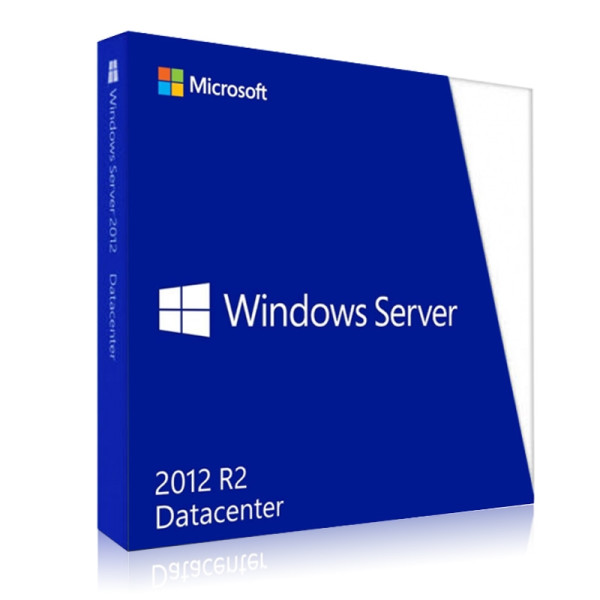

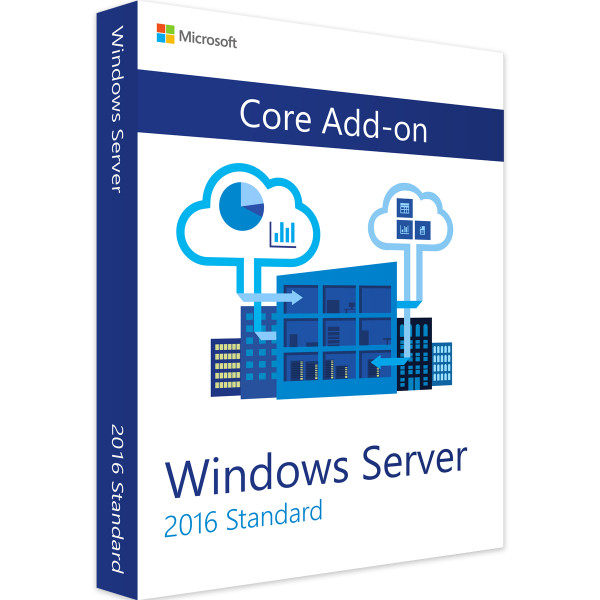
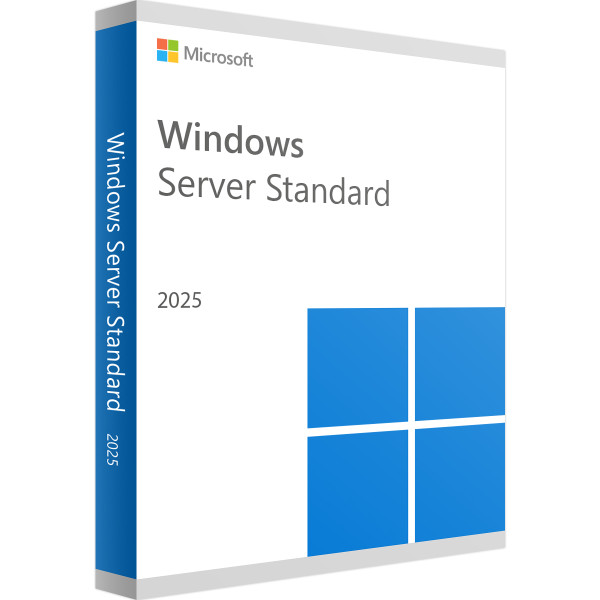

Reviews
Clear filtersThere are no reviews yet.